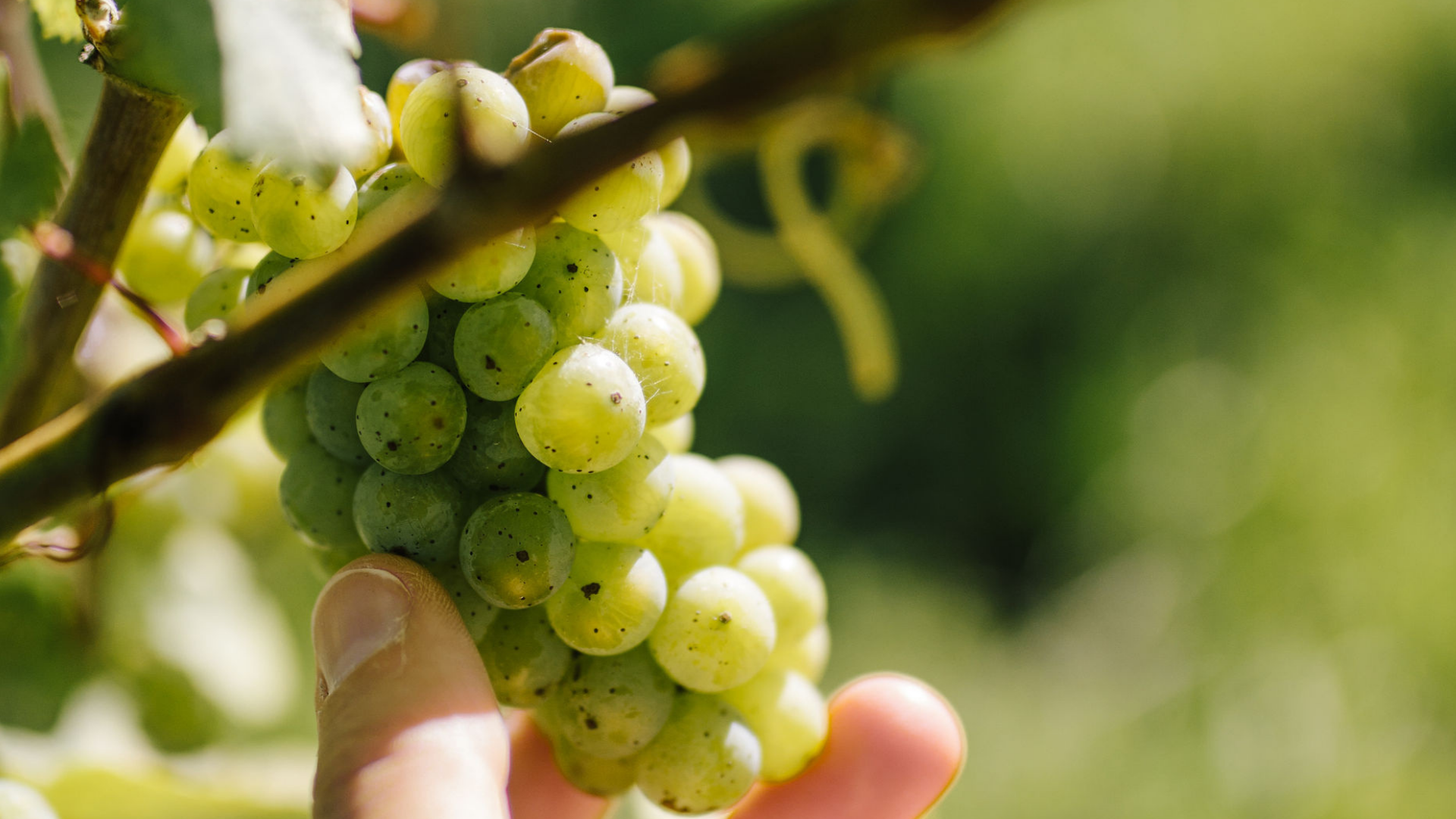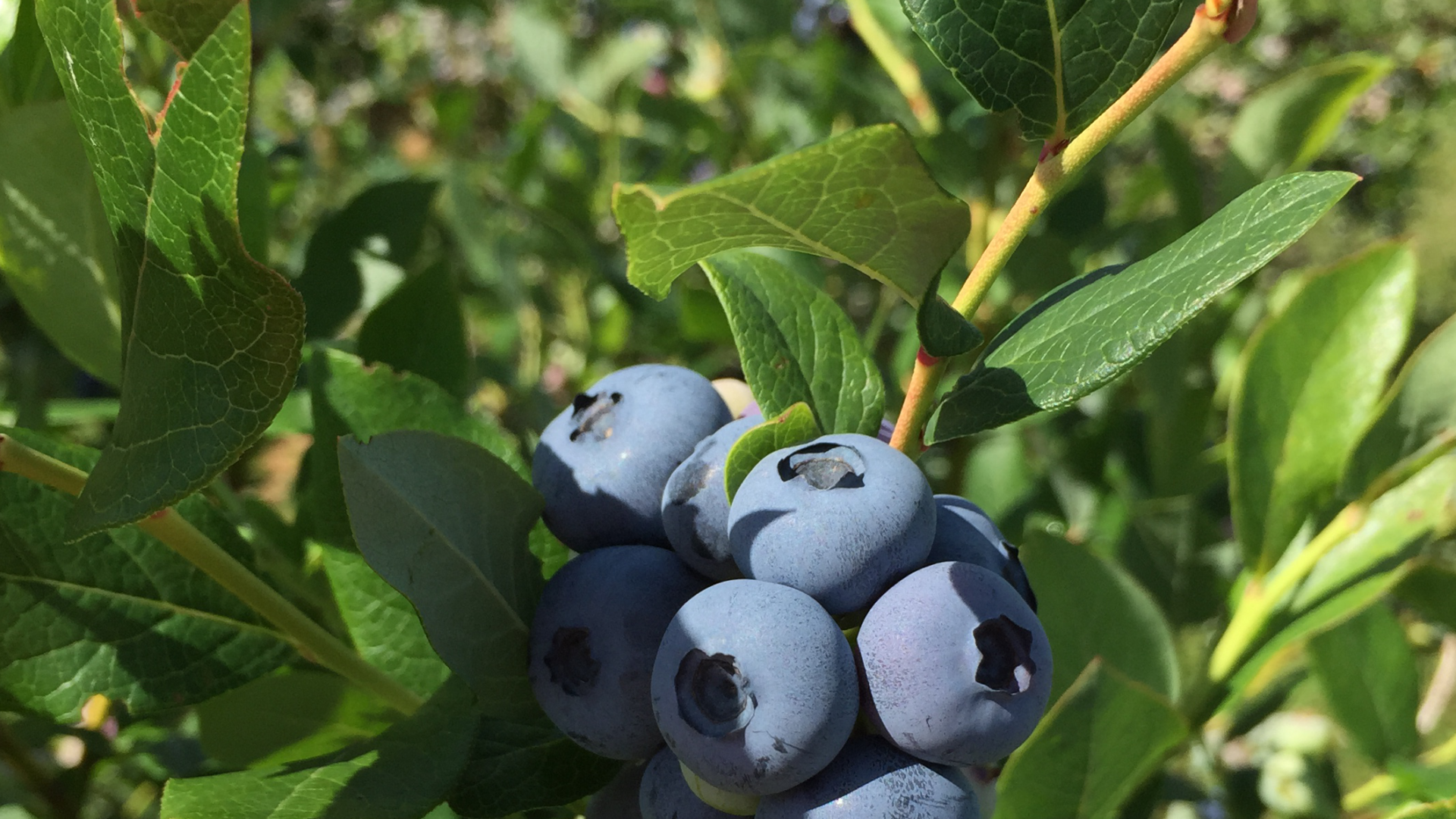Description
Recognition of Vin du Québec as a Protected Geographical Indication (PGI) was granted on November 17, 2018 by the Ministre de l’Agriculture, des Pêcheries et de l’Alimentation du Québec in legal notice 6349 published in the Gazette officielle du Québec, volume 150, no. 46.
The Vin du Québec PGI is reserved for still wines (white, red and rosé), sparkling and semi-sparkling wines, and sweet wines (late harvest and select late harvest wines and raisined-grape wines) sold in accordance with the certified specifications manual.
Diversified, unique wines
Vin du Québec is made solely from hybrid and Vitis vinifera varieties grown in the delimited geographic area. Hybrid grape varieties, which represent the majority of vines used in Vins du Québec, and more recently Vitis vinifera varieties, require adequate winter protection using hilling systems or geotextiles.
The oenological characteristics of the various hybrid varieties used vary significantly depending on their genetic makeup and on the various soils and climate zones in which they are grown. The resulting white wines generally have an acidulated texture characterized by freshness on the palate, together with distinct vivaciousness and minerality. Their aromas include notes of green apple, pear, honey, citrus and exotic fruits. The red wines are recognized for very high levels of anthocyanins (natural colour pigments). On the other hand, their tannin content is low.
In a growing world market for wine, the Vin du Québec PGI is a guarantee of quality and recognition and a promotional tool for informing consumers about the specific characteristics of wines that carry it.
Key certification requirements
All stages of the elaboration of wines bearing the Vin du Québec PGI must be carried out within the delimited geographical area.
A vineyard is required to produce at least 50% of the total weight of fresh grapes or must used in in the elaboration of its wines, while the remainder has to come from winegrowers located within the PGI zone and to strictly comply with the rules set out in the relevant specifications manual.
In Vin du Québec PGI products that are sparkling (vin mousseux) or semi-sparkling (vin pétillant), the effervescence must come exclusively from secondary fermentation of the wine in the bottle (the “traditional” method), from closed-vat primary or secondary alcoholic fermentation (the cuve close or Charmat method), or from primary and secondary alcoholic fermentation in the bottle, without the addition of exogenous carbon dioxide (the “ancestral” method).
All the chemical and organoleptic characteristics of the Vin du Québec PGI are defined in the specifications manual.
The acquired alcohol content of products must not be lower than 7% by volume for sweet wines, 8% for white, rosé and effervescent wines, and 9.5% for red wines, and must be less than 15% by volume. The residual sugar and acquired and potential alcohol content of “late harvest,” “select late harvest,” and “raisined-grape” wines must come exclusively from the natural sugar of the grapes.
At the end of the elaboration process, wines are analyzed by an independent laboratory and evaluated by a tasting panel before they can carry the designation.
Geographical area of the designation
The geographical area of the Vin du Québec PGI shown on the following map was delimited using average growing degree-days. The cumulative growing degree-days index must be at least 900 degree-days (DD) (base temperature 10 °C).
Accredited certification bodies
The accredited certification body for the Vin du Québec PGI is Ecocert Canada. For more information on certification, send an email to: info.canada@ecocert.com

